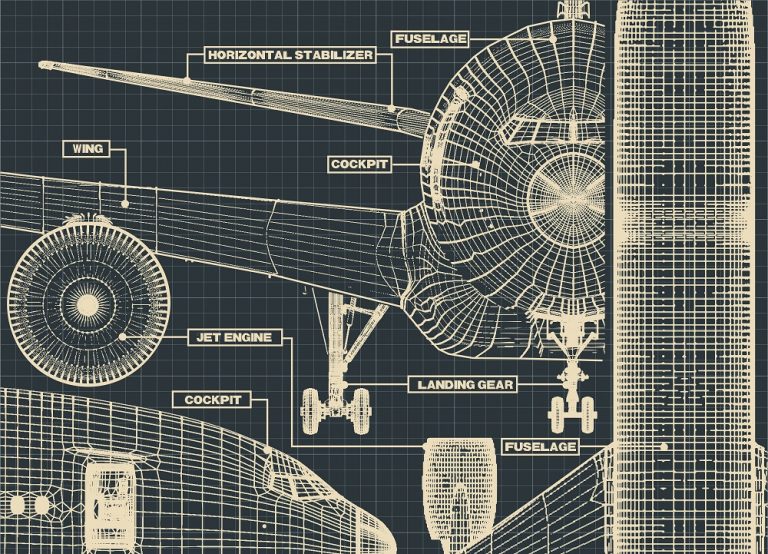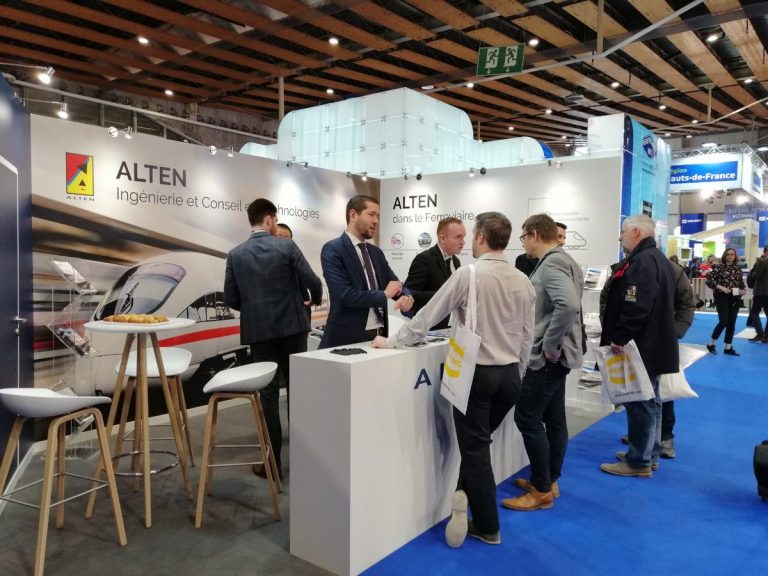ALTEN Sweden is helping create innovative automotive-industry platforms that could prove to be particularly relevant to aeronautics-industry stakeholders.
Virtually all automotive manufacturers use different databases for engineering and other product lifecycle management (PLM) functions, which creates additional hurdles to cooperation. With more than 25 years of experience within the automotive industry, ALTEN Sweden has seen first-hand how processes can be handled differently and believes that things can be done more efficiently: a team made up of senior consultants with more than fifteen years’ experience on average has been supporting automotive companies to implement a single global platform rather than relying on different databases.
The purpose of the innovative platform is to boost synergies across teams and support more effective methods. It also serves as the single point of accountability to improve end-to-end process management. “The idea is to take control of the data across the product lifecycle,” said David Ljungström, Vice President, Northern Countries. “A single platform will make it possible to share data, which will generate substantial economies of scale in terms of product development, traceability, and safety”.
According to Mr Ljungström, the team handles some weighty responsibilities. Their broad, deep knowledge of PLM systems and processes proved crucial to getting projects off the ground.
« The aeronautics and automotive industries each have their own unique needs,
however, they do use the same systems and tools, so there can be some common ground »
Fredrik Clarsted, Business Manager Senior ALTEN Sweden.
“Our long experience of aerospace and other industries (nuclear energy, pharma, etc.) with precise and regulated processes and requirements enables us to apply these systems to large projects.”
Benchmarks are being established to confirm that the single global center will bring substantial benefits to manufacturing processes, and position the companies adopting it at the leading edge of technology. The added value possibly delivered by these new processes sharpened the aeronautics industry’s focus on the automotive industry as a source of inspiration.
“We have two customers in the aeronautics industry who are following the projects within the automotive industry very closely,” said Mr Clarstedt. “They are well aware of what we are capable of doing in that area and that we potentially could do the same for them.”












